A horse communicates how it is feeling at any given moment through his body language. A horse’s mood is evident through various signs expressed, so as long as you know what you’re looking for, you can determine how your horse is feeling.
Afraid, Anxious, or Nervous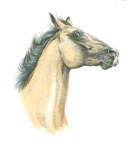
 Alert or Focused
Alert or Focused
An alert or focused horse’s body language is reflected in ears pointed in the direction of where the horse is looking (ears may flick back and forth if a lot is happening in his surroundings). The head and neck are held up; there’s a bright, attentive look to the eyes; and the tail may be elevated.
Content or Accepting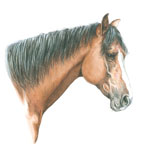
This body language shows a basic, happy attitude of the horse. There’s a soft look to the eye (normal blinking, not staring), and the muscles are relaxed overall. A horse will slightly lower his head, the ears may be forward or neutral (not focused in any particular direction), the mouth relaxed, and he may sigh and lick his lips. One hind leg might be cocked in relaxation if the horse is standing still.
Annoyed, Sour, or Stressed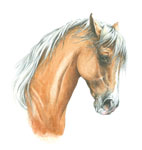
A horse may pin his ears, wring or swish his tail, and have a hard look to his eyes. He may grind his teeth, toss or fling his head, and open his mouth or elevate his head to avoid a rider’s hands or the bit when under saddle. There is usually an overall stiffness to the body.
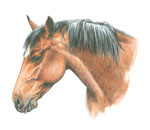
Relaxed
This horse is completely at ease. The eyes may be partially or totally closed, the head lowered, and muscles relaxed.
Dominance or Aggression
The horse will pin his ears and may curl his upper lip.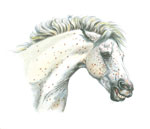 He may swing his hindquarters toward whomever he’s trying to control and have a hard, staring look to his eye. Everything about the horse’s expression and body language says, “Get out of my way!”
He may swing his hindquarters toward whomever he’s trying to control and have a hard, staring look to his eye. Everything about the horse’s expression and body language says, “Get out of my way!”
Read more:
◆ How to Speak Horse
◆ A Glossary of Equine Vocalizations
◆ Form a Bond with Your Horse
This article about horse body language originally appeared in the 2011 issue of Horses USA.


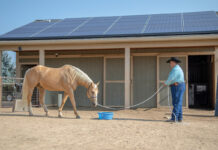
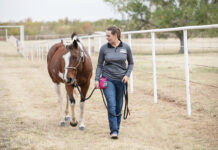
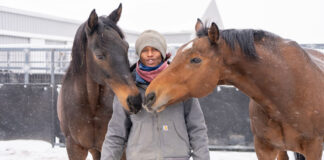

This is good to learn, but is this it?is this the basic reading of horses or is there more I can read?